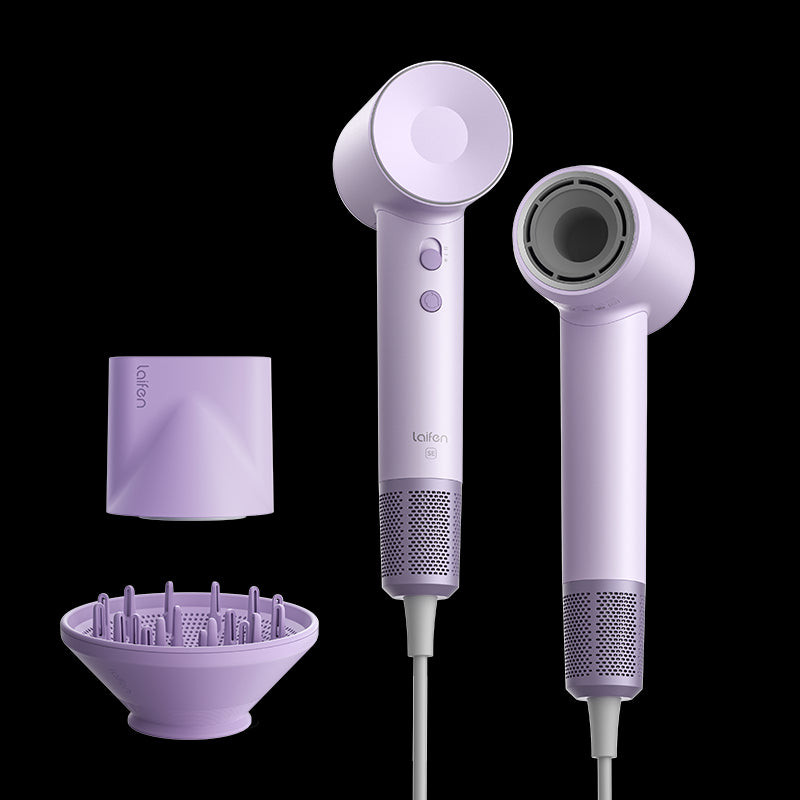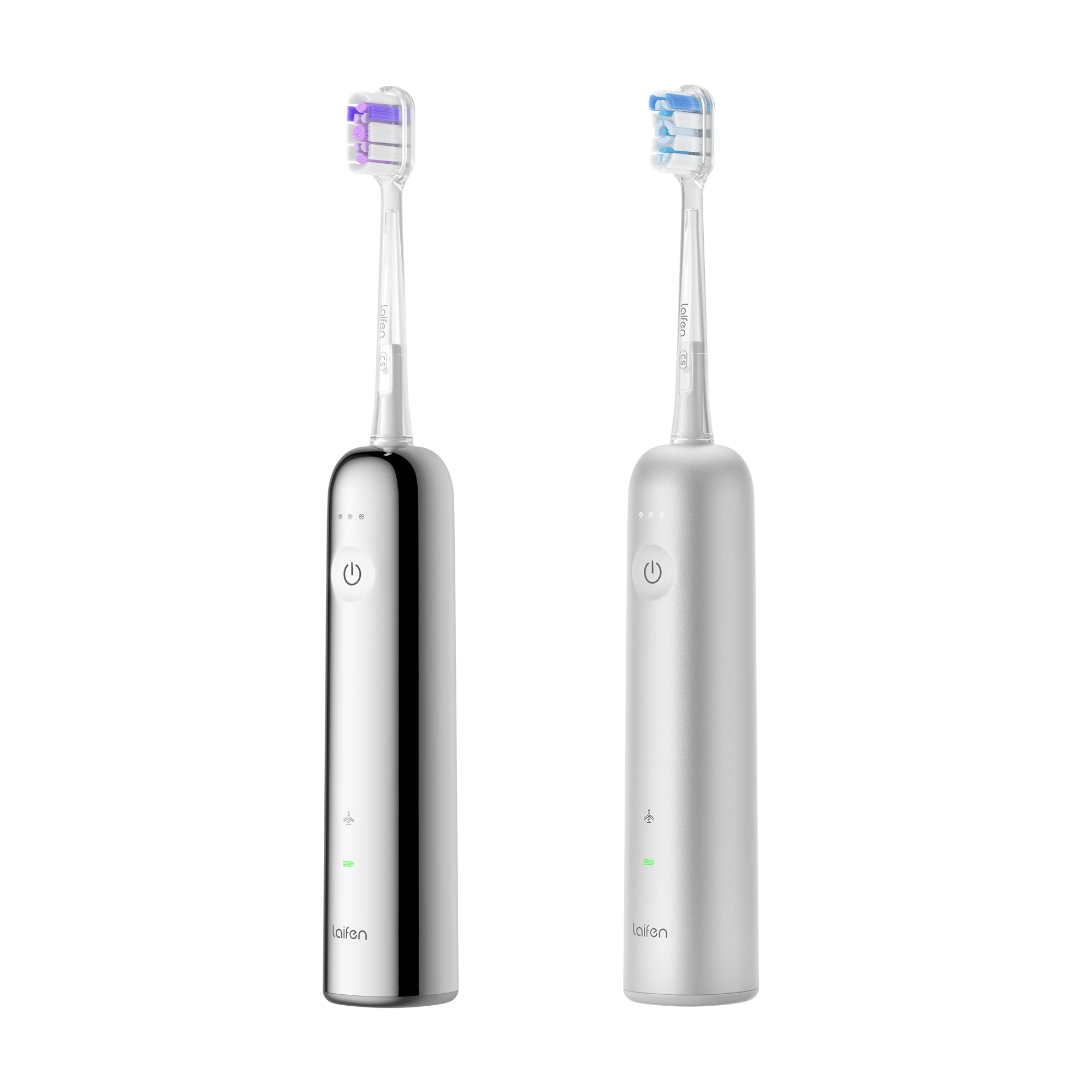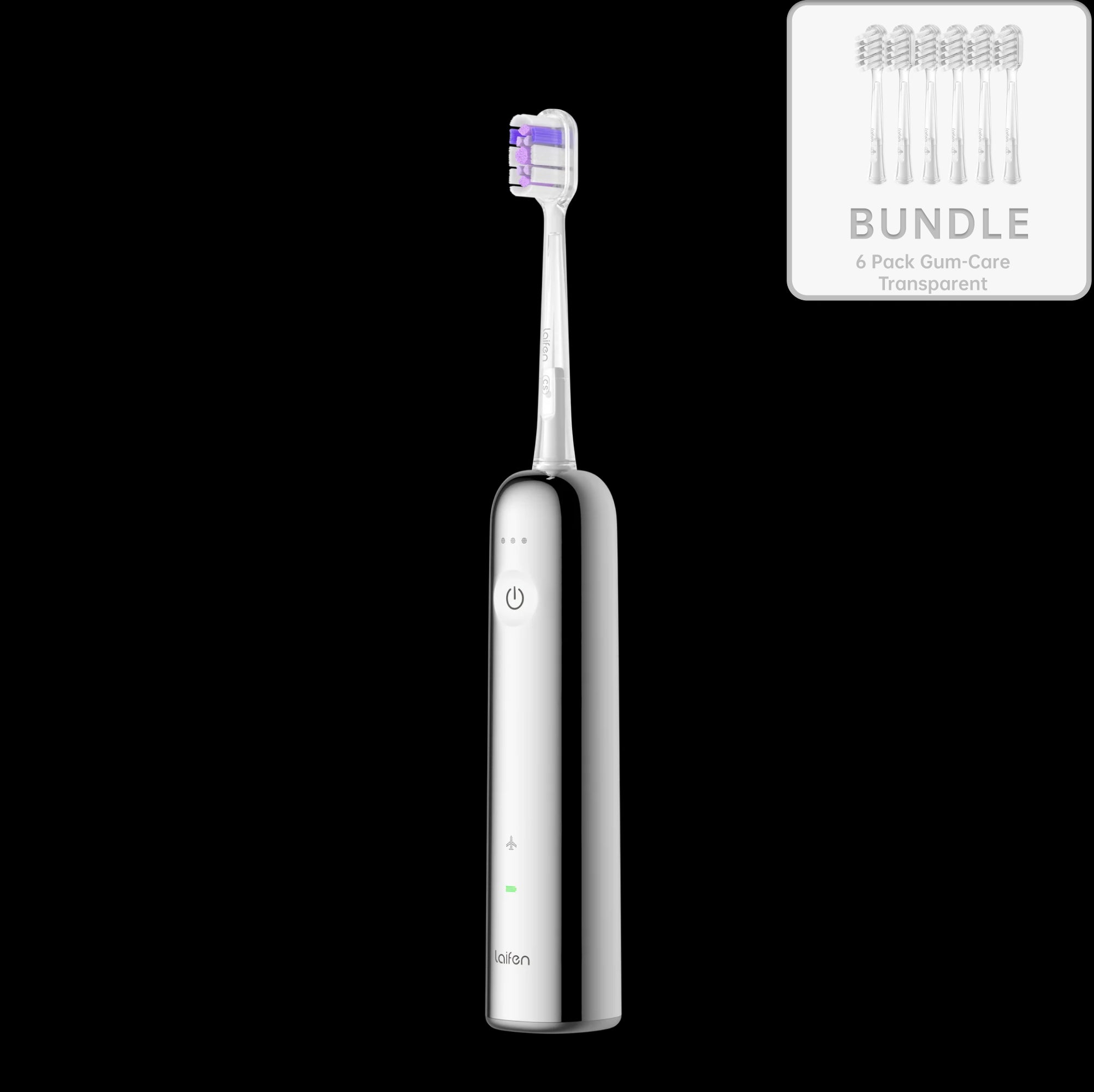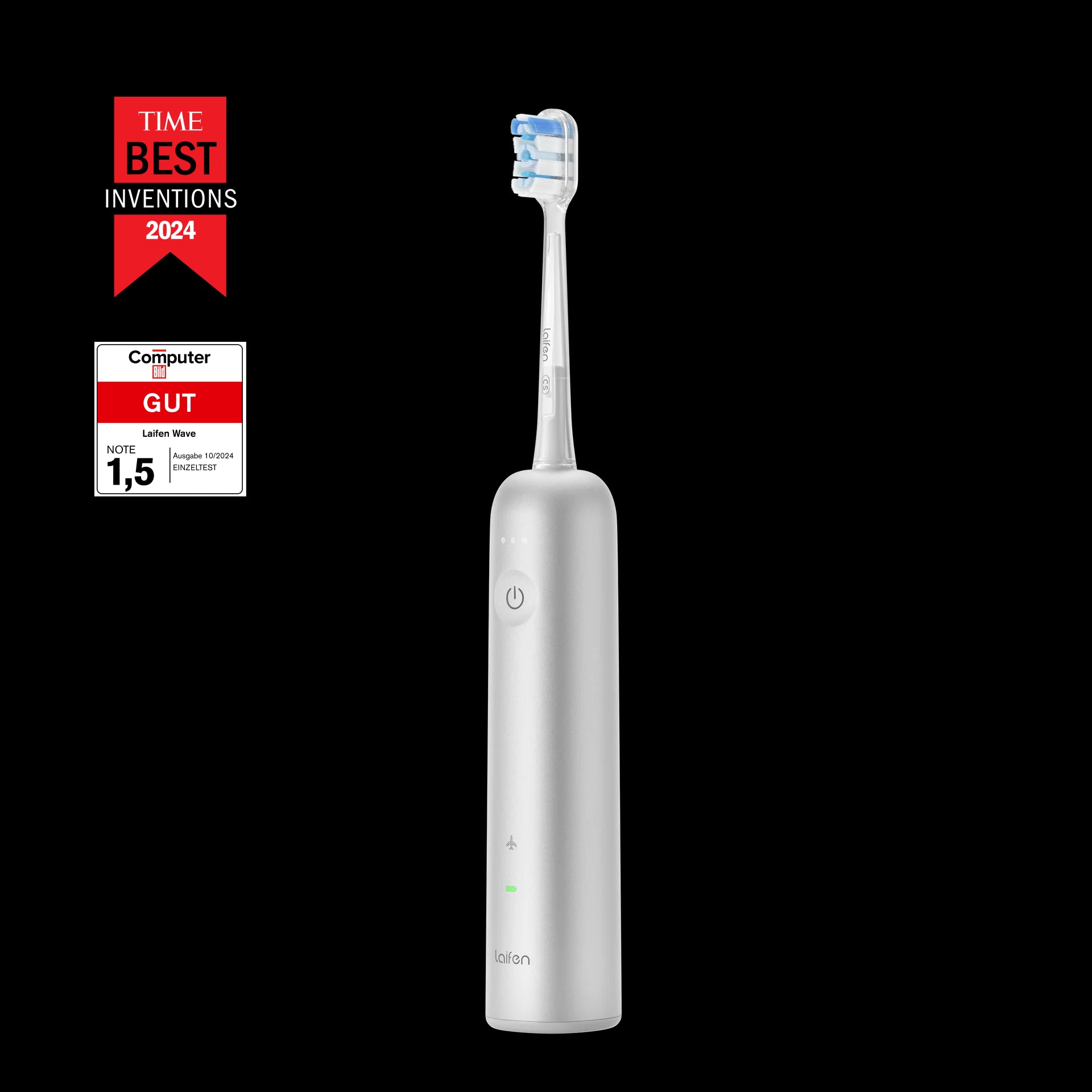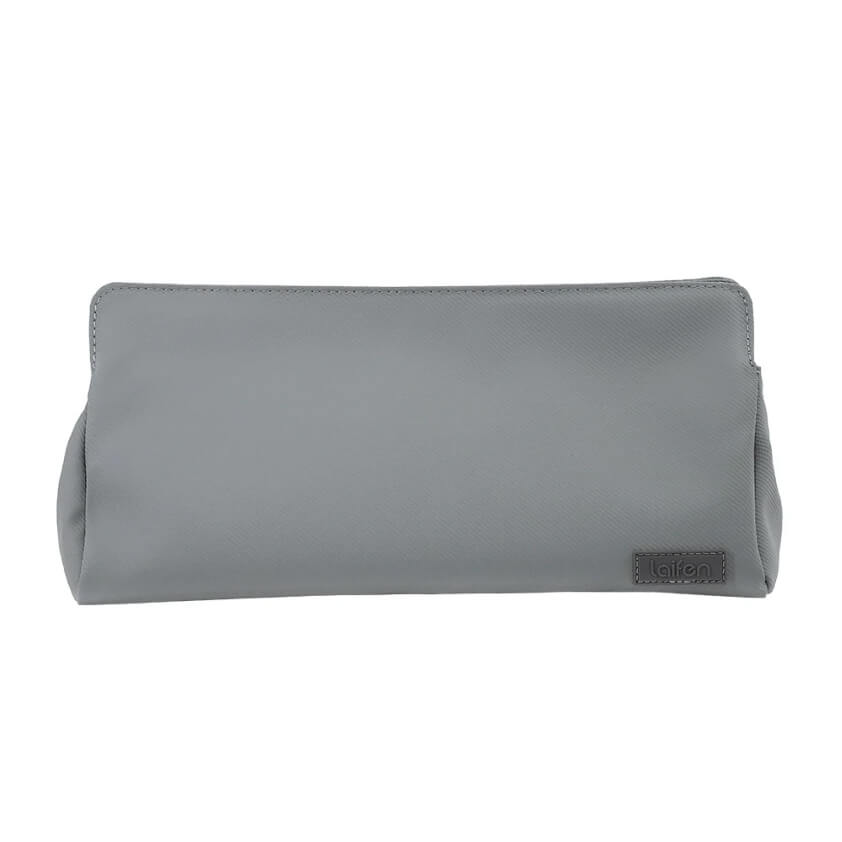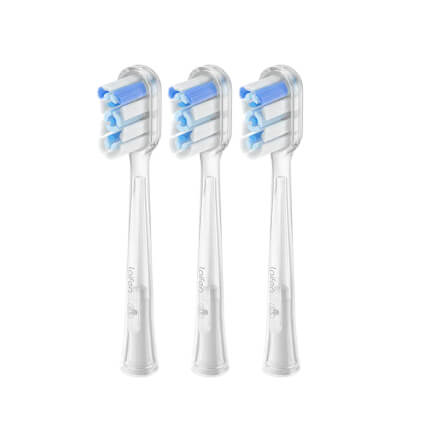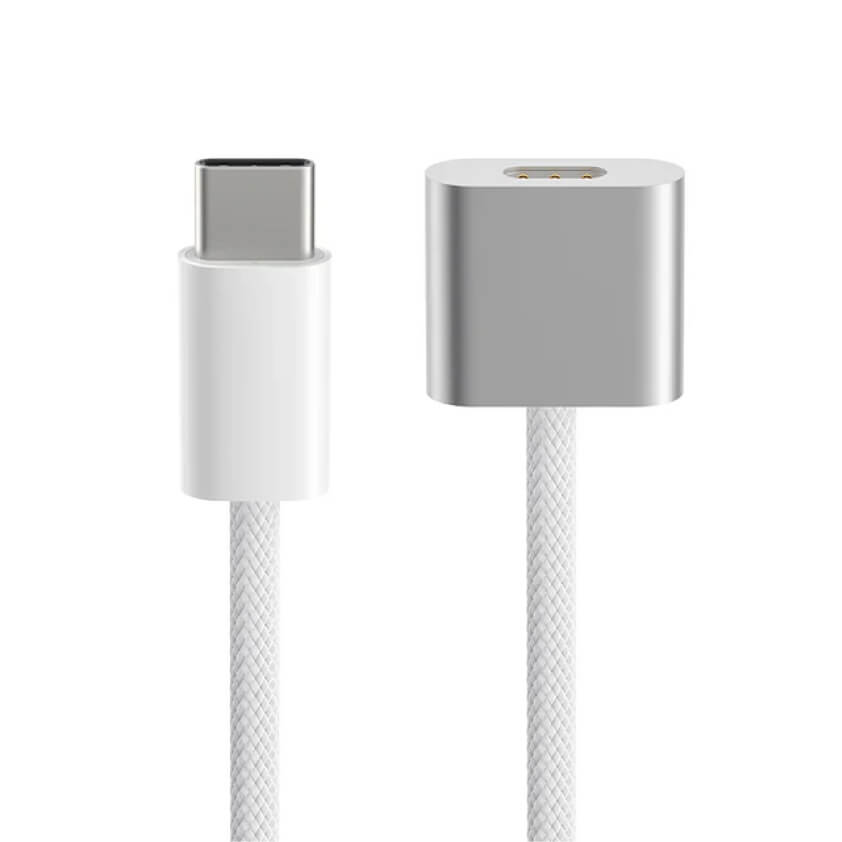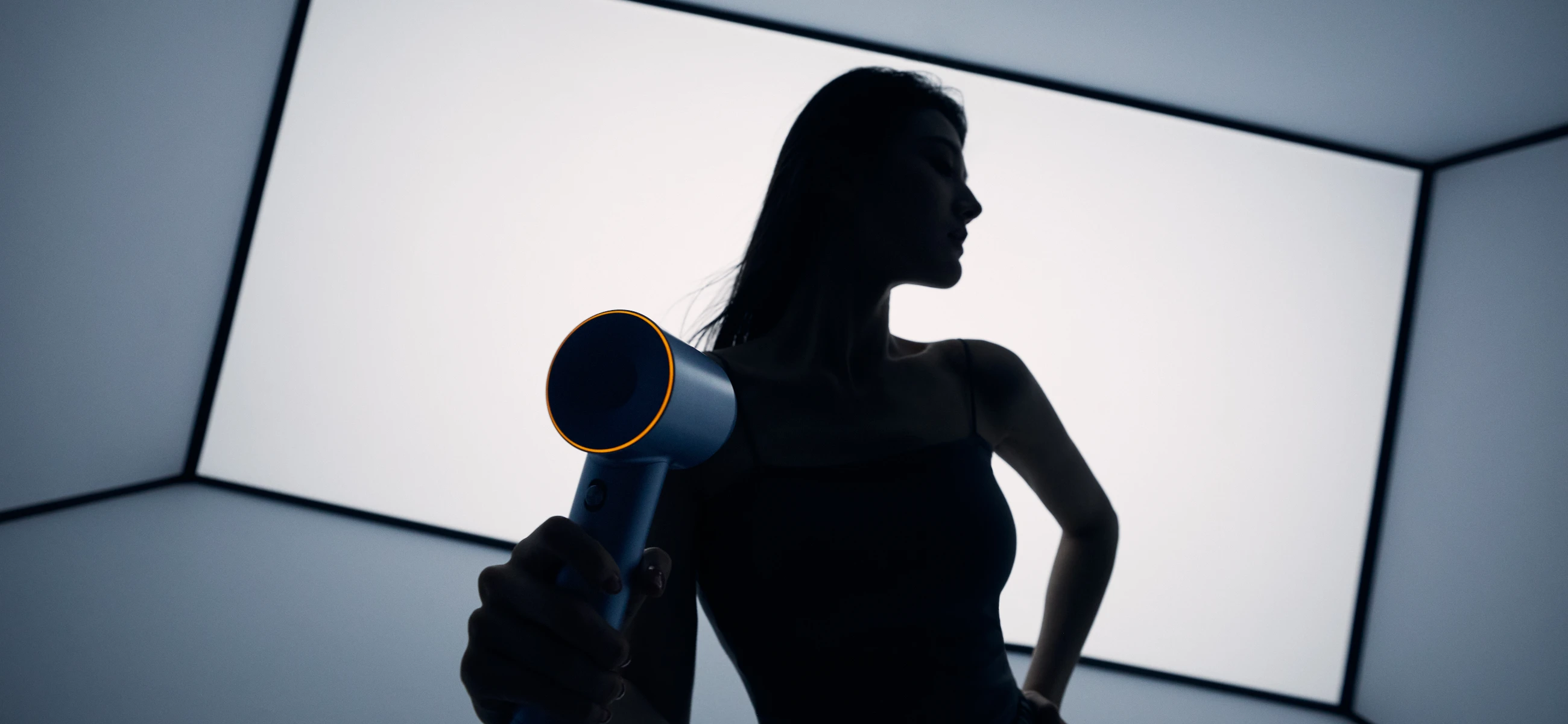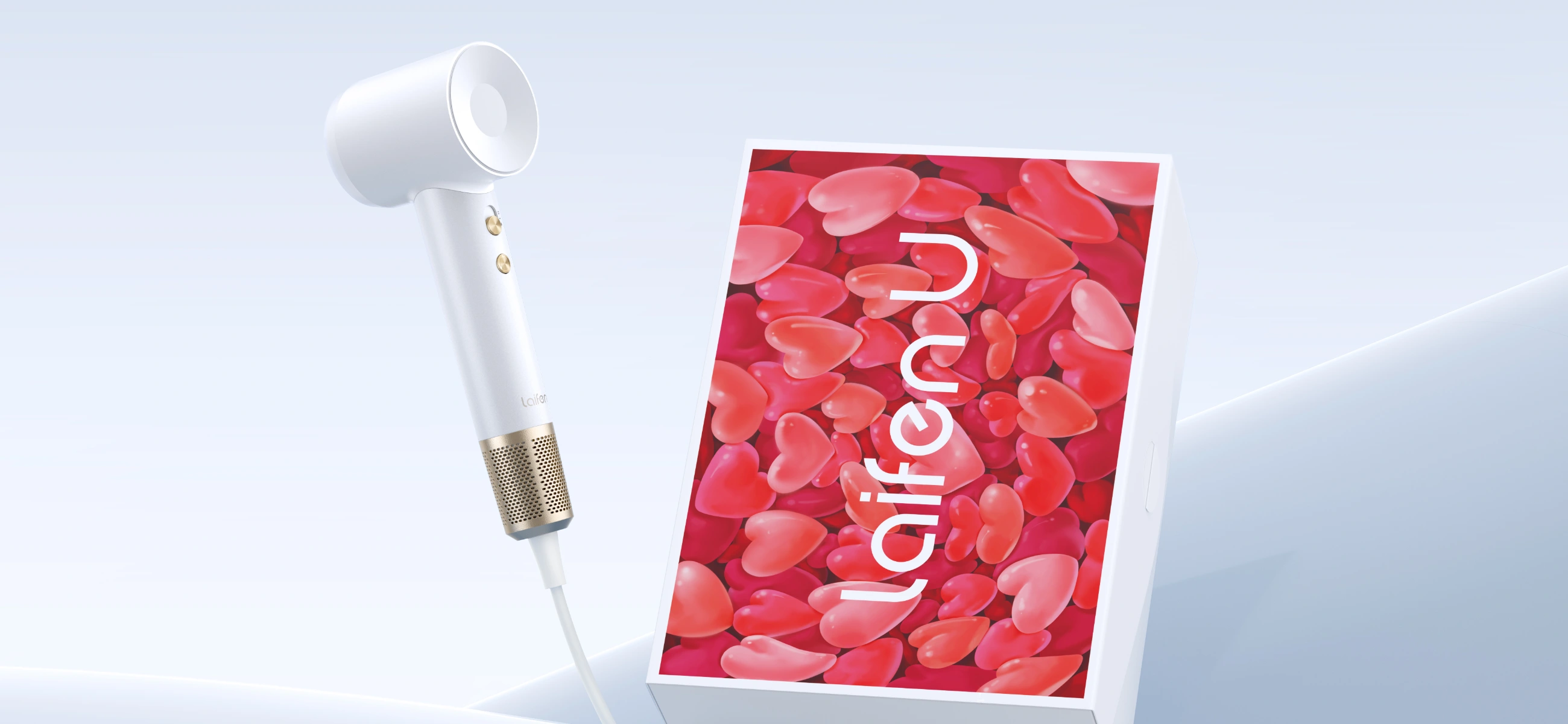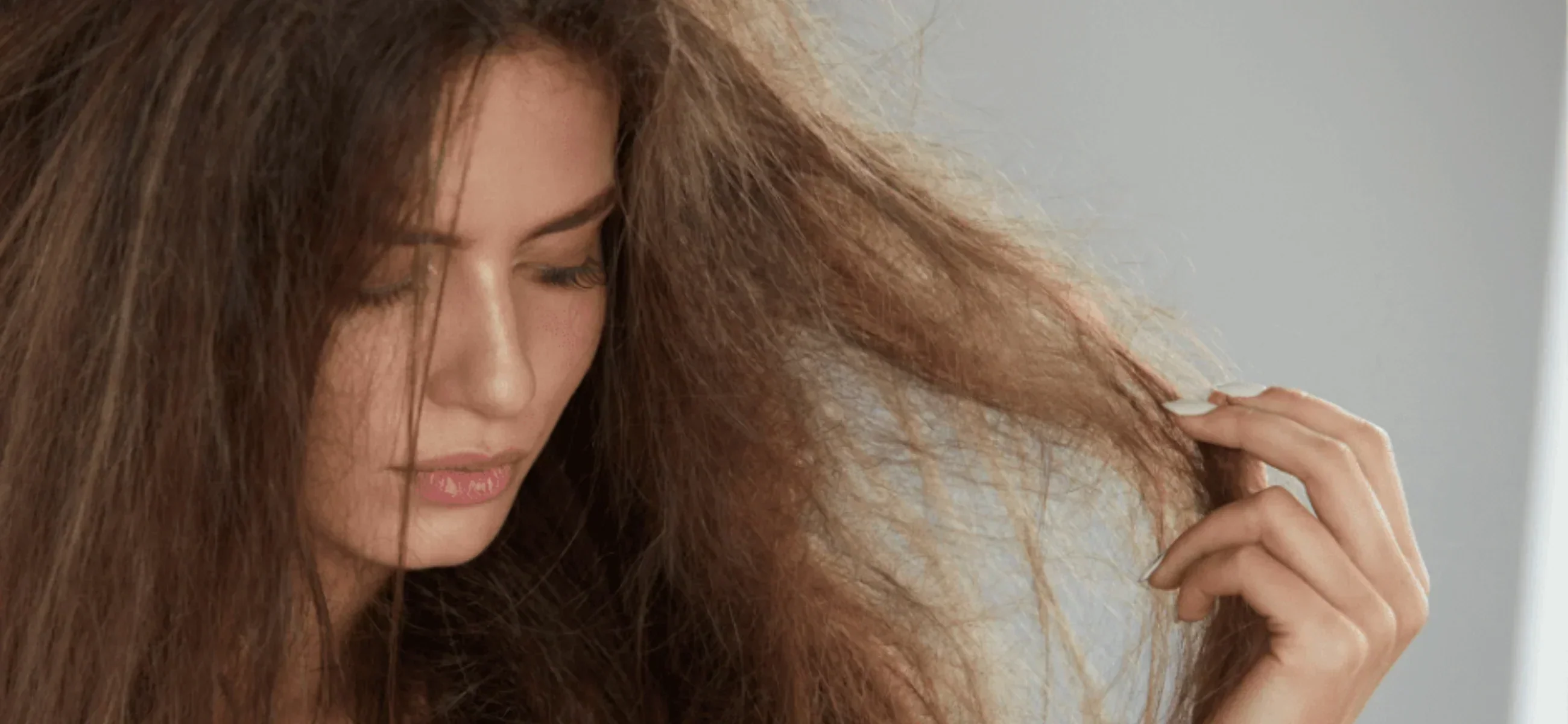
In this article
Blow-drying your hair every day can feel like a tedious ritual, especially when it seems to take forever. Stuck with a hairdryer in hand, you watch the minutes drag by as your strands stubbornly cling to moisture, which results in being late for work or forcing you to leave the house with a damp collar.
If this struggle sounds familiar, many people battle sluggish drying times and wonder if there’s a way to speed things up. There are plenty. Ahead, we’ll explore why your hair might be taking so long to dry and, more importantly, how to fix it.
Why does my hair take a long time to dry?
1. Your hair dryer is working harder, not smarter
Iif your hair dryer is slow, your drying time will be slow. If you’ve been using the same old dryer for years, chances are it’s underpowered, inefficient, and blasting uneven heat does more damage than good. You shouldn’t have to spend 20+ minutes blow-drying just to still have damp roots.

The fix? Upgrade to a high-speed dryer like the Laifen Swift Special or SE. These dryers use advanced ionic technology and high-speed airflow to dry hair in a fraction of the time without scorching your strands. Instead of struggling with heat damage and endless drying, a Laifen dryer can get you salon-level results in just minutes. Less heat, less frizz, more time saved.
2. Your hair is holding onto water like a sponge
Some hair just doesn’t want to let go of moisture. If your strands stay drenched long after stepping out of the shower, you might have low-porosity hair. This means your cuticles are tightly sealed, and you’ll easily find it harder for water to escape. Basically, your hair is like a raincoat that repels water at first but once soaked, it takes forever to dry.
Fix it: Try using warm water to open up the cuticles while washing, and squeeze out as much excess water as possible before blow-drying.
3. You’ve got a LOT more hair than you think
Even if your hair feels fine, it could be incredibly dense. Hair density refers to how many strands you have per square inch, not just how thick each individual strand is. If you’ve ever wondered why your ponytail feels like a small forest, this is why.
More hair = more moisture retention = longer drying time.
Fix it: Section your hair when drying so airflow can actually reach all layers. A high-speed dryer like the Laifen Swift Special also helps because it moves air 6x faster than traditional dryers.
4. Product buildup is making things worse
That ultra-hydrating shampoo, rich conditioner, and leave-in cream might be great for softness, but too much product can leave a residue that traps water in your hair. If your strands feel sticky or heavy when wet, product buildup could be the reason your hair takes ages tΩo dry.
Fix it: Use a clarifying shampoo once a week to remove buildup and help your hair dry faster. Look for water-based products instead of heavy creams and oils.
5. Your drying method is slowing you down
Let’s talk about technique. If you’re aggressively rubbing your hair with a towel, air-drying in a humid room, or blasting your dryer aimlessly, you’re working against yourself.
Fix it:
-
Ditch the rough towel. Use a microfiber towel or a cotton T-shirt to squeeze out water.
-
Use the right dryer settings. A high-speed dryer with controlled heat (like the Laifen Swift Special or SE) will dry hair more efficiently without frying it.
-
Section your hair. Dry in small sections to make sure air reaches every part of your hair evenly.
Why does the top of my hair take so long to dry?
The top of your hair always seems to be the last to dry, clinging to moisture long after the rest of your strands have moved on. It’s frustrating especially when your roots still feel damp while your ends are already turning frizzy. This slow-drying mystery isn’t just bad luck. The hair at the crown of your head tends to be denser, meaning more strands packed closely together, so you find it harder for air to flow through and evaporate moisture evenly.
Another culprit? Oil buildup. The scalp produces natural sebum, and the top of your head tends to accumulate more than other areas. Oil and moisture don’t mix well; instead of helping water evaporate, excess sebum can create a barrier, essentially trapping moisture at the roots.
What are signs of high porosity hair?
If your hair always seems to need extra hydration no matter how much product you use, it might be more porous than you think. Here are a few telltale signs:
1. Your hair gets wet instantly—And dries just as fast: The moment water touches your hair, it disappears, as if your strands are gulping it down. But just as quickly as it absorbs moisture, your hair lets it go.
2. Frizz is your constant companion: If your hair seems to expand at the first hint of humidity, high porosity could be the reason. Because the cuticles are raised and not tightly sealed, they easily take in moisture from the air and can cause unpredictable frizz and puffiness.
3. Your hair absorbs products like a black hole: Deep conditioners, leave-ins, serums that you apply them generously, yet your hair always seems to crave more. High-porosity strands absorb product quickly, but instead of staying soft and moisturized, they often feel dry again within hours.
4. Breakage and split ends are a constant battle: Moisture retention is about strength. Without proper moisture balance, high-porosity hair becomes weak and brittle. If you find yourself constantly trimming damaged ends or dealing with strands that snap too easily, your hair’s porosity may be the root cause.
5. Your hair tangles easily (And stays that way): If knots and tangles seem to form out of nowhere, blame your raised cuticles. High-porosity hair has an uneven surface. Detangling can feel like an uphill battle, and if you don’t stay on top of it, your hair quickly turns into a nest of knots.
How to blow out hair in minutes?
If you’re ready to ditch long drying sessions, here’s how to get a sleek, bouncy blowout in minutes without breaking a sweat.
Step 1. Towel-dry like a pro
Before even reaching for your dryer, get rid of excess water but do it the right way. Instead of rubbing your hair aggressively with a towel (hello, frizz), squeeze and blot using a microfiber towel or cotton T-shirt.
Step 2. Section like your blowout depends on it
Ever tried to dry all your hair at once? That’s why it takes forever. Divide your hair into at least four sections: two on top and two underneath. If your hair is thick, go for six sections. This allows airflow to reach every strand quickly and cuts down drying time even more.
Pro tip: Use clips instead of hair ties to section, tying wet hair creates unwanted creases.
Step 3. Use the right nozzle and angle for speed and smoothness
The Laifen Swift Special comes with a precision nozzle designed to concentrate airflow, so don’t skip it. Attach the nozzle and point it downward. Follow the direction of hair growth.
Step 4. Switch up the airflow
If you want lift at the roots instead of flat, lifeless hair, change your angles. Hold the dryer underneath each section at the roots for a few seconds before moving downward.
Pro tip: Set your Laifen Swift Special to medium heat for styling, then switch to cool air for a final pass.
Step 5. Finish fast with a cool shot
Once your hair is 90% dry, it’s time for the final step that makes all the difference: the cool shot. Give your roots and ends a quick blast of cool air to lock in that fresh finish.
Easy hairstyles to speed up the hair blowout
1. Loose, flipped-out bob
If your hair is on the shorter side (or you’re rocking a lob), keeping the layers loose and slightly flipped out makes for an ultra-quick blow-dry. Rough dry most of the moisture out first, then use a round brush for the ends. Because there’s less length to dry and no need for precise styling, you’ll have a bouncy look in minutes.
2. High, voluminous ponytail
A high ponytail is also one of the fastest styles to blow out. Instead of focusing on drying every strand, concentrate on the top section and roots. Once dry, gather your hair into a ponytail and use the dryer on the ends for a final polish. A little lift at the crown adds dimension without the need for excessive heat styling.
3. Airy half-up twist
For a quick, stylish alternative to a full blowout, leave some of your hair natural while drying just the top section. Pull the top half into a loose twist or clip it back with a claw clip, letting the rest dry naturally. The contrast between blown-out roots and soft, natural ends creates an undone effect.
4. Messy textured bun
A little undone texture goes a long way, and if you embrace it, you can skip a full blow-dry altogether. Use your Swift Special on a medium setting to dry the roots and front sections. Then, twist your hair into a low bun, securing it loosely. By the time you’re out the door, your ends will finish air-drying in a way that looks chic rather than unfinished.
5. Quick blow-dry waves
Want that “I woke up like this” tousled wave look without spending an hour curling? Speed up your blowout by rough-drying your hair about 80% first, then braiding it loosely while still slightly damp. Hit the braid with a quick pass of warm air, then switch to a cool shot to set the shape. Once dry, undo the braid and shake out soft, natural-looking waves in minutes.


